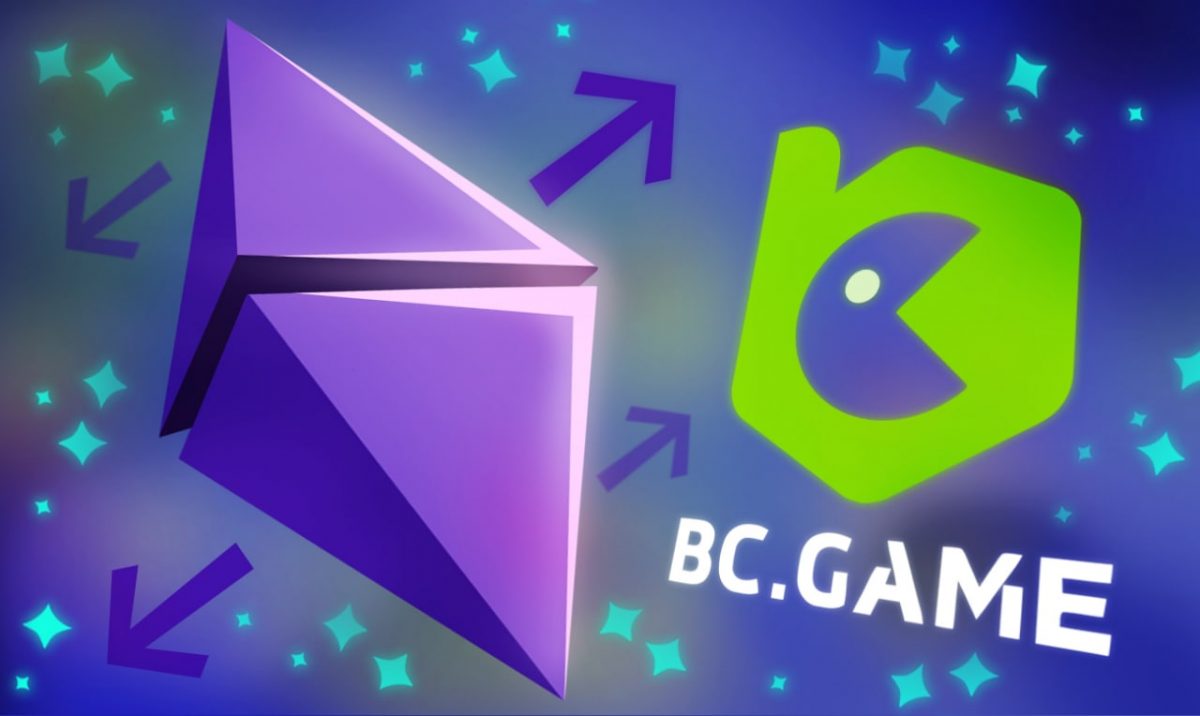Ethereum is synonymous with smart contract innovation and the era of the enterprise blockchain. Its launch was a watershed moment for the blockchain, and this sector is better off with smart contracts. However, scalability became a constant sore subject that necessitated gradual adjustments. 2022 promises to be another critical year for Ethereum’s scalability. Online crypto gambling enthusiasts who handle Ethereum-denominated tokens on BC.GAME are acutely aware of this problem. Scalability issues have led to slower transactions and eventual high gas fees. High gas fees make small transactions uneconomical and can eat into gains from trading or online gambling rewards.
There was a pressing need for scalability fixes because the status quo was not sustainable in the long term. The most prominent aspects of scalability management are changing mining consensus to Proof of Stake and incorporating Layer-2 scalability solutions. There is more detail to these two and other solutions. Overall, the Ethereum team involves its community and implements proposals to manage the issues. The rise of potential competitors like Cardano and Polkadot has accelerated the need for scalability fixes. Cardano, in particular, has a research-based approach that resulted in a robust and secure network.
What May Happen to Ethereum’s Scalability in 2022?
This year, the main highlight should be the transition to a Proof-of-Stake (PoS) consensus mechanism scheduled for mid-2022. Ethereum developers are calling this date “the Merge”. This date will mark the day Ethereum Mainnet will “merge” with the beacon chain proof-of-stake system. Bitcoin and a few early blockchains popularised the Proof-of-Work (PoW) consensus. It is deliberately resource-intensive to secure the network. By the time Ethereum launched, proof-of-work was still the standard. However, as significant cryptocurrencies got more popular, transaction speed and efficiency took a toll. PoS networks emerged as a simpler consensus algorithm that allowed blockchains to operate at a greater scale. Ethereum’s shift to PoS consensus should bring a much-needed scalability boost.
At present, Ethereum can only handle 15-45 transactions a second. Notable Layer-2 solutions like Polygon can get to tens of thousands. These solutions are also here to stay. L2 solutions will make significant strides in 2021 and are slated for a similar trajectory this year. Sector-specific growth will be fascinating to watch. 2020 was the year of explosive decentralised finance (DeFi) growth. Other Ethereum blockchains that focus on gaming, privacy, and other specific subsectors are fascinating. With the launch of the Metaverse, gaming is especially poised for greater heights. Ethereum had no choice but to take the scalability route. Bitcoin may be frozen in time but does not have the platform-blockchain need of Ethereum. The pioneer cryptocurrency has also taken a store of value dimension, meaning that the price of each coin is of priority. For Ethereum, the goal is to have more developers and users on the Ethereum blockchain to make it adaptable to the future of blockchain innovation.
The Difference from Changing Shifting to a Staking Network
Proof-of-Stake consensus replaces miners with validators. The validators on the Beacon Chain must stake 32 ETH to earn the right to operate nodes. At press time, a validator would need about $120,000 worth of Ethereum. Therefore, Ethereum mining will no longer be the tedious process of randomly hashing numbers. Instead, anyone with the minimum stake and average hardware can profitably run an Ethereum validator.
Bitcoin mining has attracted criticism for energy consumption. The deliberate difficulty of Proof of Work created highly specialised mining equipment. This type of equipment is energy-intensive and requires significant initial capital. Therefore, this shift to POS promotes energy efficiency. Validators will have rewards as an incentive to secure the network continually. Accordingly, the Ethereum network will cut its energy consumption to negligible levels.
Additionally, the Ethereum blockchain is improving its capacity by adding sharding and other upgrades. The cumulative effect of these upgrades is to bring transaction costs under control. It may not happen overnight, but the core development team anticipates the eventual easing of the burden down the road. Long-term Ethereum holders are also looking at the deflationary effect of staking. Ethereum has a gradually decreasing inflation. Combining that with staking on Ether circulating supply will have a significant impact.
Moreover, many investors are locking Ether in various decentralised finance platforms. Therefore, it will be fascinating to watch the effects of these changes on circulating supply and price. The Merge will see the network port Ethereum’s current execution layer to the incoming proof-of-stake consensus layer. For comparison, it is like a new international space station replacing the existing one, only that it supports more activity and offers more tech efficiency. Developers and users should experience little difference in interaction with the Beacon chain.
The Big Picture
Ethereum’s transition to Proof-of-Stake consensus has been a long time coming. This transition is the defining moment in Ethereum’s adaptability to the new age of blockchain commerce. It has involved a great deal of teamwork and should come to fruition in 2022. Notably, other upgrades add to the scalability improvement drive. Upgrades such as sharding and rollups will retain a vital role in improving the Ethereum blockchain’s capacity, driving the adoption of dependent dApps mostly in online gaming, of which BC.GAME prominently features. Layer-2 solutions are now bonafide names in the blockchain space as well.
The likes of Polygon have a central future in the broader decentralised commerce sector that anchors on the Ethereum blockchain. Competition keeps you in condition. Ethereum leaders know they cannot afford to let the ball slip at this crucial moment. Cardano and Polkadot are coming for the throne and make no qualms about that. Therefore, this year will be fundamental to Ethereum’s pathway for posterity. Ethereum has had a significant role in cryptocurrency’s early and current trajectory. 2022 is a crucial year for scalability and will likely entrench Ethereum’s position as the favourite Launchpad for developers and gamers on online gambling platforms, of which BC.GAME leads.













